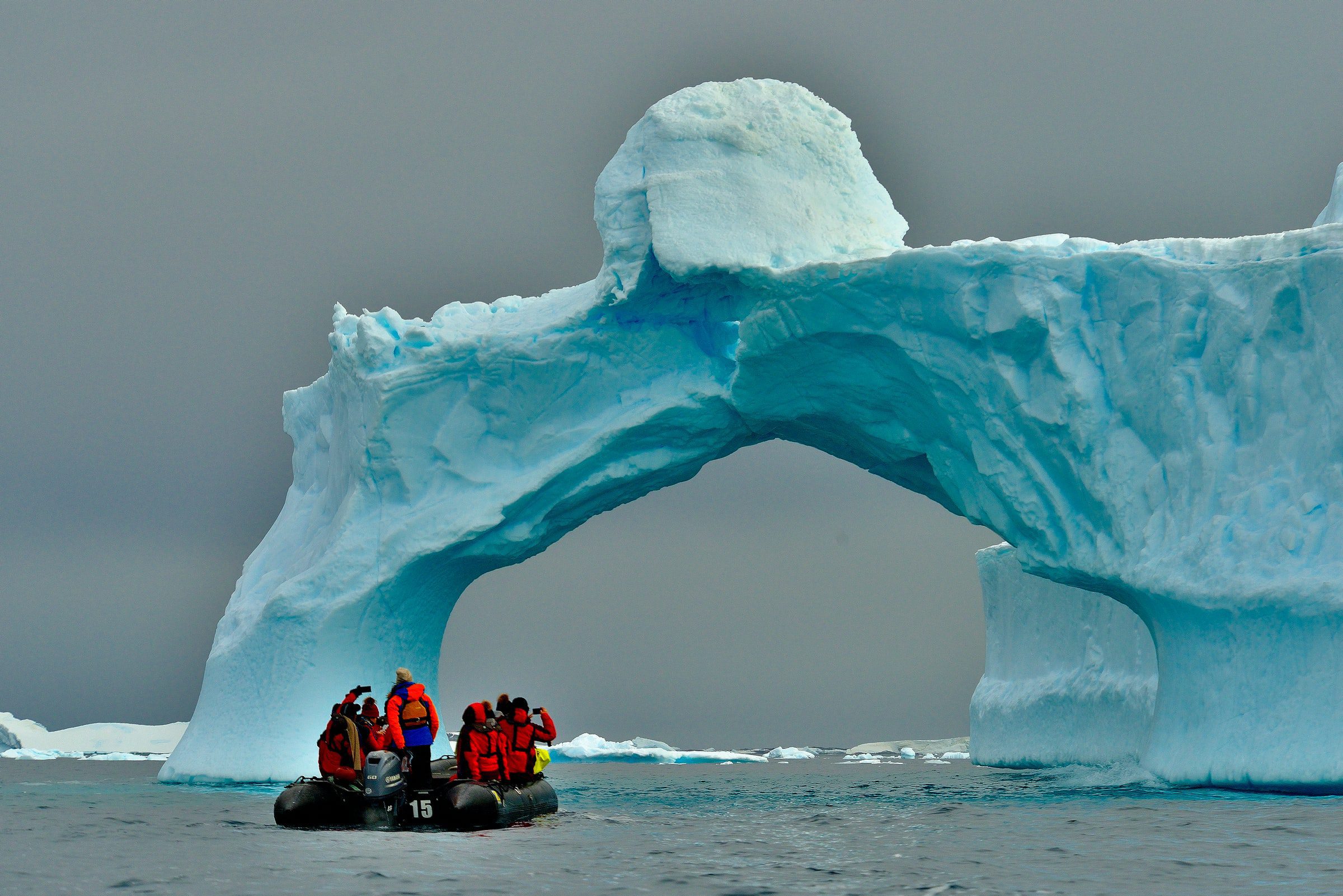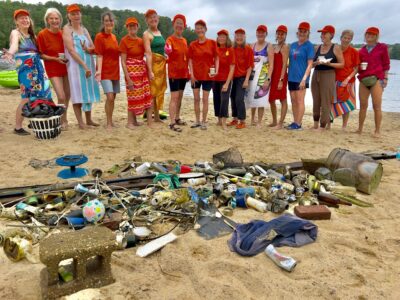Amidst the floating ice of the Antarctic Ocean, the blaring horns of passing cruise ships ring out, each home to hundreds – if not thousands – of tourists. While these visitors often pay substantial amounts to snap pictures of penguins from the comfort of the top deck before indulging in chocolates and champagne, scientists hope to use this booming industry for another cause: increasing manpower and gathering important data. While there are close to 5,000 scientists in Antarctica at any given time, tourists often dwarf this number, with more than 80,000 people visiting the southern continent per season prior to the pandemic.
Signed in 1959, The Antarctic Treaty prohibits any military activity on the continent and sets aside the region as a scientific preserve for discovery and investigation. This atmosphere is what scientists such as Allison Cusick hope to evoke when recruiting tourists. She hopes to promote Antarctica as a hotspot for science and research, rather than just a trendy tourist destination, and companies like Cusick’s FjordPhyto do so by having travelers aboard cruise ships aid in the scientific collection. FjordPhyto allows tourists to collect biological samples of phytoplankton, helping to identify species and abundance.
A seemingly insignificant microorganism, phytoplankton contributes more than 50 percent of the world’s oxygen, but it’s drastically impacted by the warming climate. With over 87 percent of the Antarctic’s glaciers retreating, the continent is one of the world’s fastest-warming regions. This increase in meltwater is impacting ecosystems all over the world. Because of the importance of species such as phytoplankton, and trends such as rising glacial meltwater, monitoring the impact a changing climate has on this region is critical.
However, tracking such trends relies largely on “big data,” which a handful of scientists alone cannot collect. This is where citizen science can help. One such project, the global eBird project, run by the Cornell University Ornithology Lab, provides an exemplary model. This eBird project has over 100 million bird sightings with contributions from citizens every year, aiding in conservation and allowing ordinary people without scientific backgrounds to support these efforts.
There are several organizations hoping to replicate the success of the eBird program in the Antarctic, including Cusick’s FjordPhyto, Polar Latitude’s HappyWhale humpback whale tracking, and cloud observations aboard Swoop Antarctica in partnership with NASA. Early studies illustrate the effectiveness of these programs, both in concrete data collection and engaging tourists on the importance of conservation in the Antarctic.
Despite the importance of citizen science in the South Pole, these opportunities do not always require expensive cruises to the far reaches of the world. Citizen science can be done anywhere and at any time, even on your phone during a lunch break. With online tools such as https://scistarter.org, people can find opportunities to contribute in their own neighborhood by working on projects they find interesting. These research projects can range from stargazing to identifying fish and insects, and all work to get citizens invested in real research and conservation efforts.
Although scientific research often seems out of reach from the general public, projects such as Cusick’s illustrate both the opportunity and need for citizens to contribute. There is a real value to be had in contributing to these projects, and not only for the data they provide. Citizen science helps to connect people to the world we live in, teaching us more about both the destinations we travel to and our own backyards.





